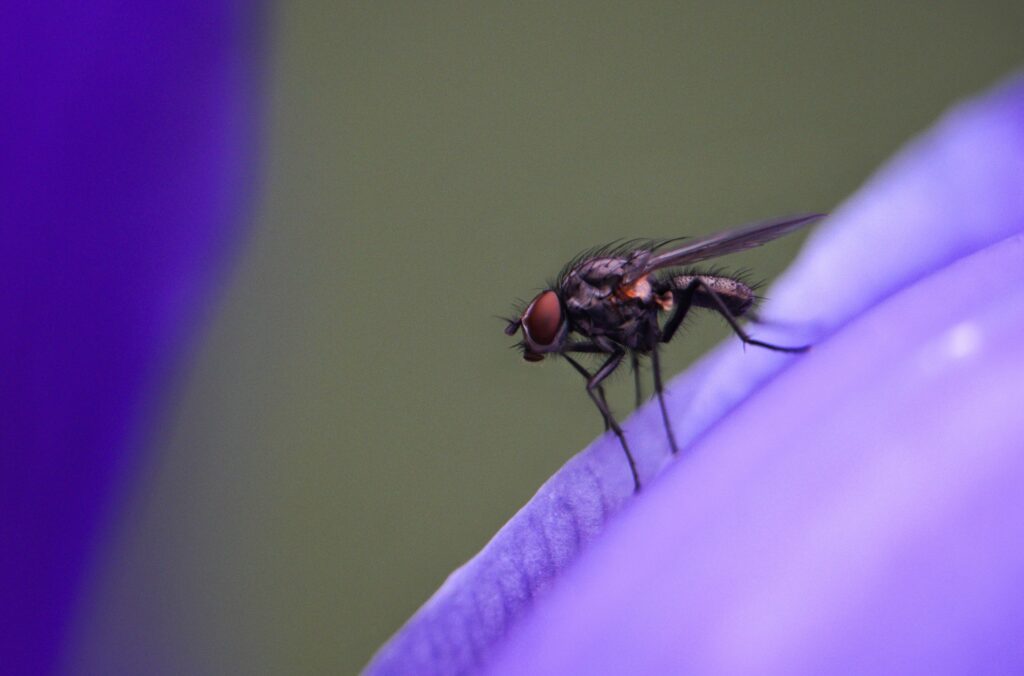1. Cone Snails
Found in tropical oceans, cone snails have a venomous harpoon that can deliver a fatal sting to humans. Their venom can cause paralysis and death if not treated immediately.
2. Freshwater Snails
Freshwater snails are carriers of parasitic flatworms and are responsible for spreading schistosomiasis, a disease that damages internal organs and causes over 200,000 deaths annually.
3. Snakes
Venomous snakes, especially species like cobras, vipers, and taipans, kill up to 100,000 people each year. Snakebite fatalities are often due to a lack of medical access in rural areas.
4. Dogs (Rabies)
Dogs, particularly those infected with rabies, cause around 25,000 human deaths annually. Rabies is nearly always fatal once symptoms appear, but timely vaccination can prevent the disease.
5. Humans
Unfortunately, humans are responsible for the deaths of approximately 475,000 people annually through violence, war, and other harmful actions, making us one of the deadliest species.
6. Tsetse Flies

Tsetse flies spread sleeping sickness (trypanosomiasis), a fatal disease if untreated. Though not as widespread as malaria, it still claims thousands of lives, mainly in Africa.
7. Assassin Bugs
These bugs transmit Chagas disease, a parasitic infection that leads to severe heart and digestive problems. Chagas disease kills thousands of people each year, primarily in Latin America.
8. Crocodiles
Crocodiles are the deadliest large animal in Africa, killing an estimated 1,000 people annually. Their powerful jaws and stealthy ambush tactics make them incredibly dangerous to humans.
9. Hippopotamuses
Despite their herbivorous nature, hippos are highly aggressive and territorial. They kill around 500 people each year, primarily in Africa, often by capsizing boats or charging on land.
10. Elephants
Elephants, usually gentle giants, can become aggressive when threatened or provoked. They are responsible for approximately 500 human deaths annually, particularly in areas where their habitats overlap with human settlements.
11. Box Jellyfish
The box jellyfish’s venom is extremely potent and can cause cardiac arrest, paralysis, and death within minutes. Found primarily in the waters of Southeast Asia and Australia, they are responsible for up to 100 fatalities per year.
12. Lions
Lions, though not typically aggressive toward humans, are responsible for an estimated 100 human deaths annually, often when people encroach on their territory.
13. Sharks
While shark attacks are relatively rare, they still result in around 10 human fatalities per year. Great white, tiger, and bull sharks are the most likely culprits.
14. Cape Buffalo
Known as the “Black Death” in Africa, Cape buffalo are unpredictable and can be extremely dangerous. They are responsible for around 200 deaths annually, often by charging at perceived threats.
15. Pufferfish (Fugu)
Though not aggressive, pufferfish contain a deadly toxin called tetrodotoxin. Just a tiny amount can cause paralysis and death, making pufferfish one of the most dangerous seafood items in Japan and other parts of Asia.
16. Poison Dart Frogs
The skin of poison dart frogs contains potent toxins capable of killing humans and predators. Just touching or ingesting the secretions from certain species can lead to paralysis and death.
17. Spiders (Brazilian Wandering Spider)
The Brazilian wandering spider is the most venomous in the world. Its bite can cause intense pain, paralysis, and sometimes death, particularly in young children and the elderly.
18. Mosquitoes
The deadliest animal in the world is a tiny insect: the mosquito. Responsible for transmitting diseases like malaria, dengue, and Zika virus, mosquitoes kill around 725,000 people annually, far outpacing any other creature.
19. Komodo Dragons
These massive lizards have venomous saliva that contains toxins capable of causing blood clotting and paralysis. Though rare, they have been known to attack and kill humans in their natural habitat in Indonesia.


